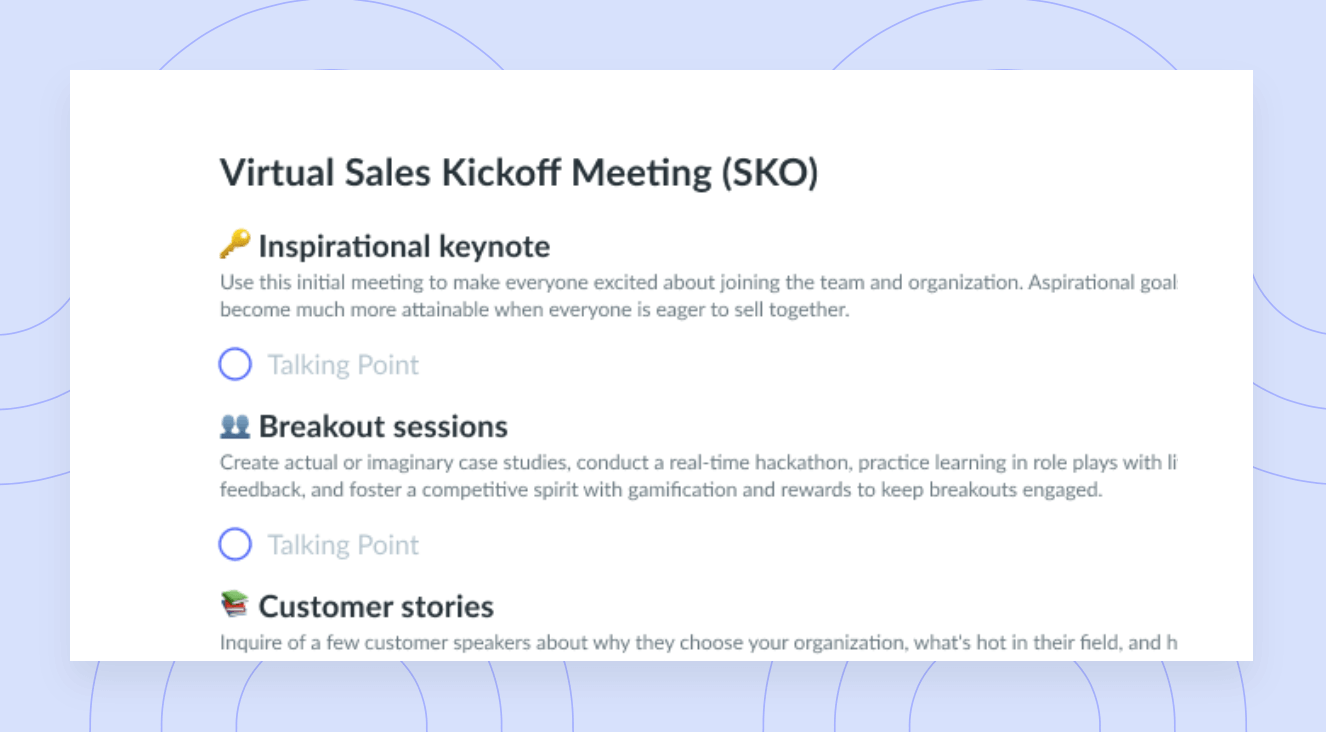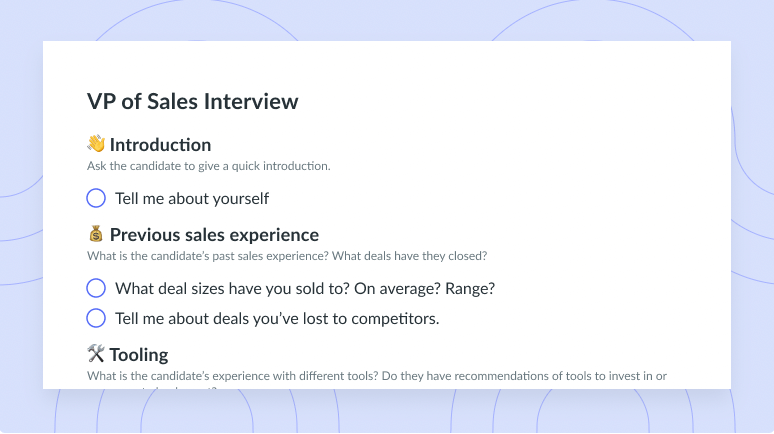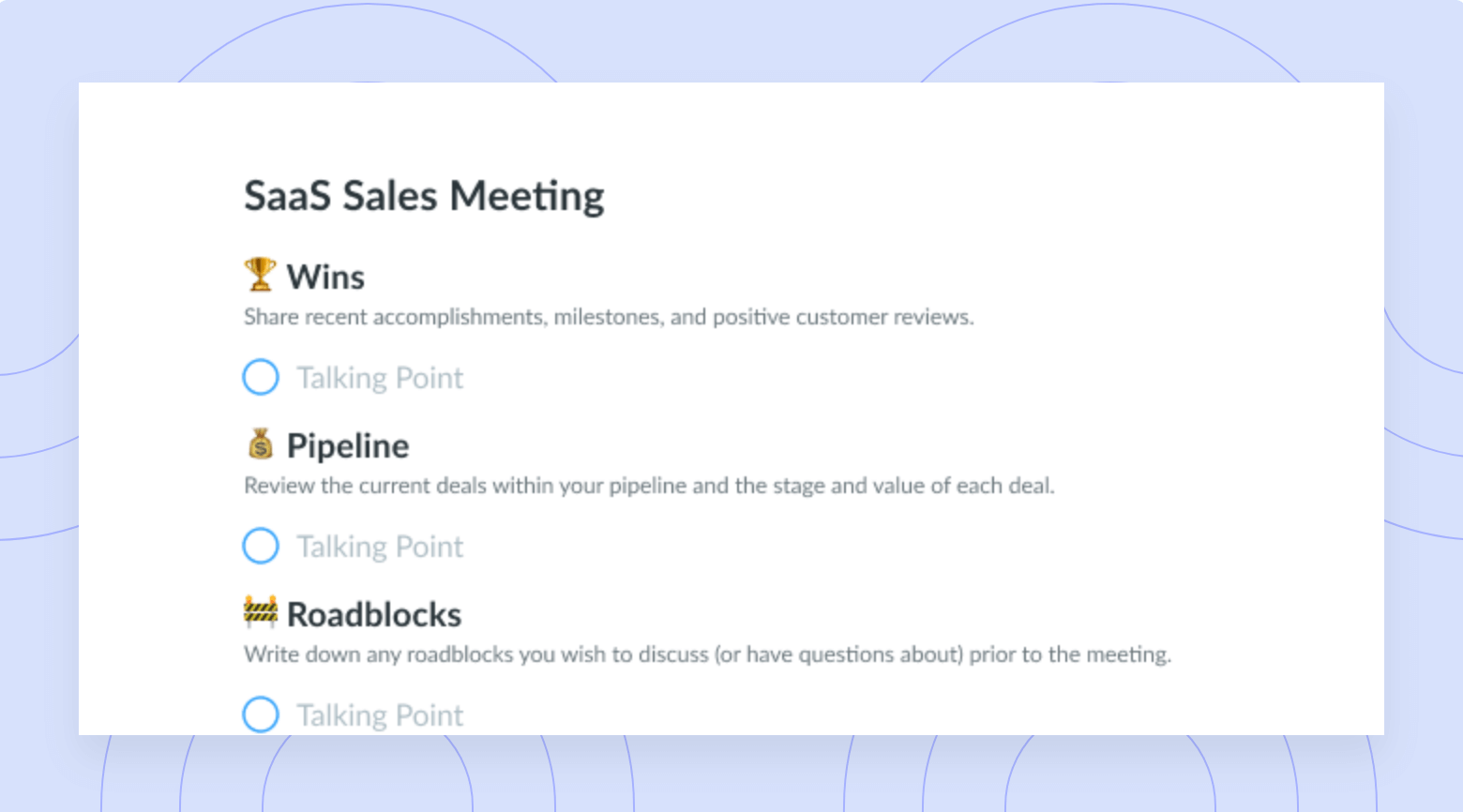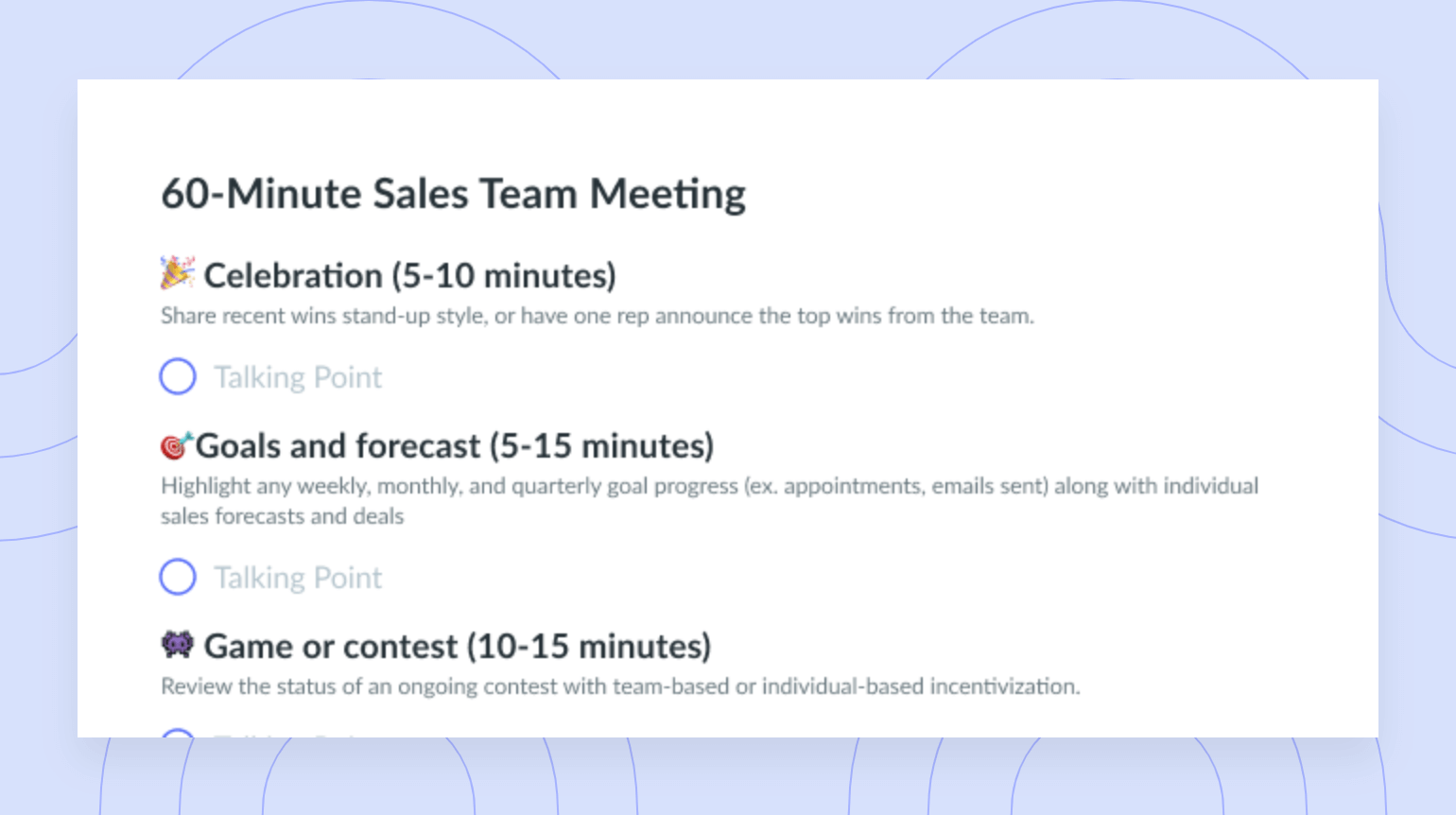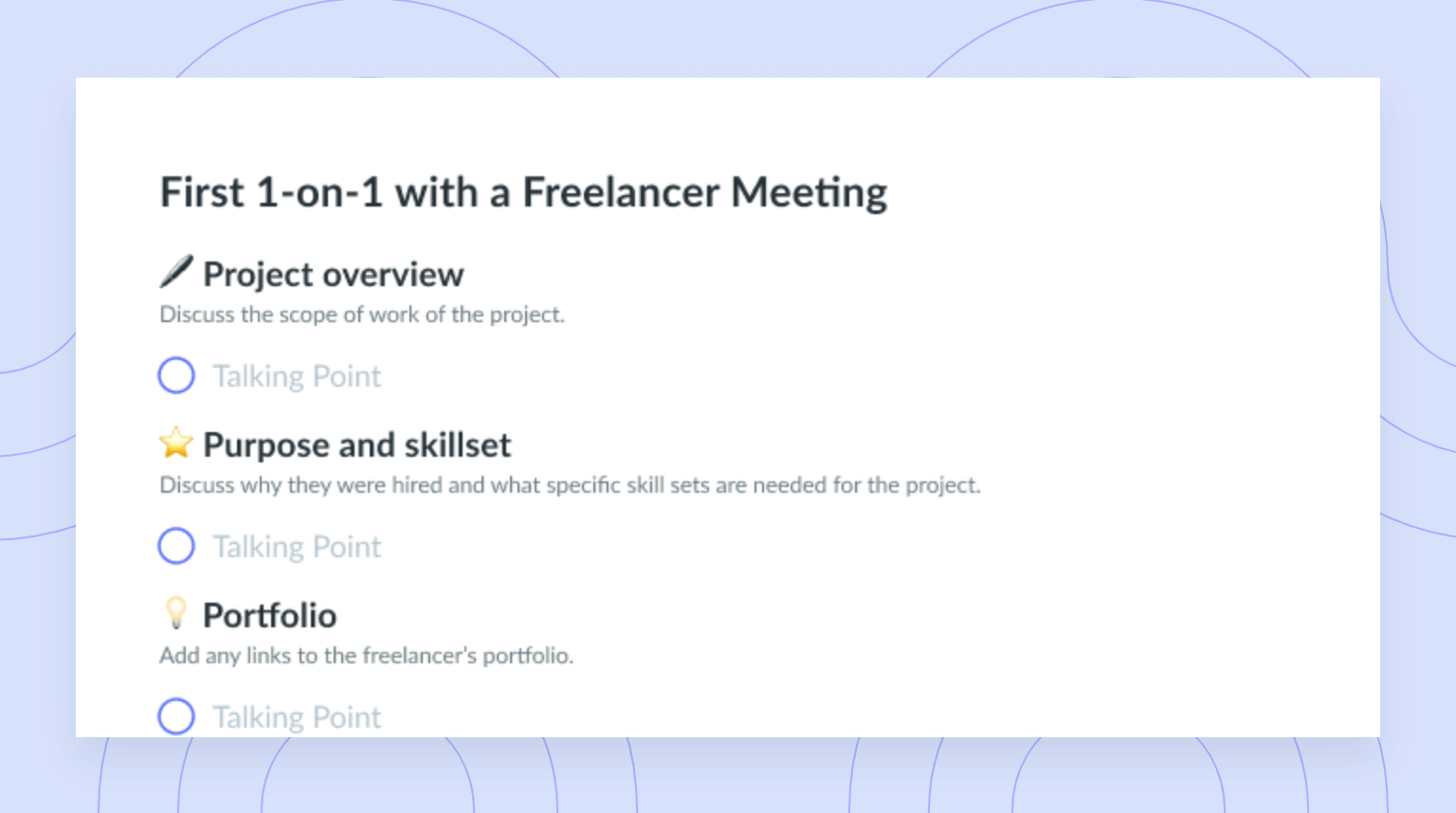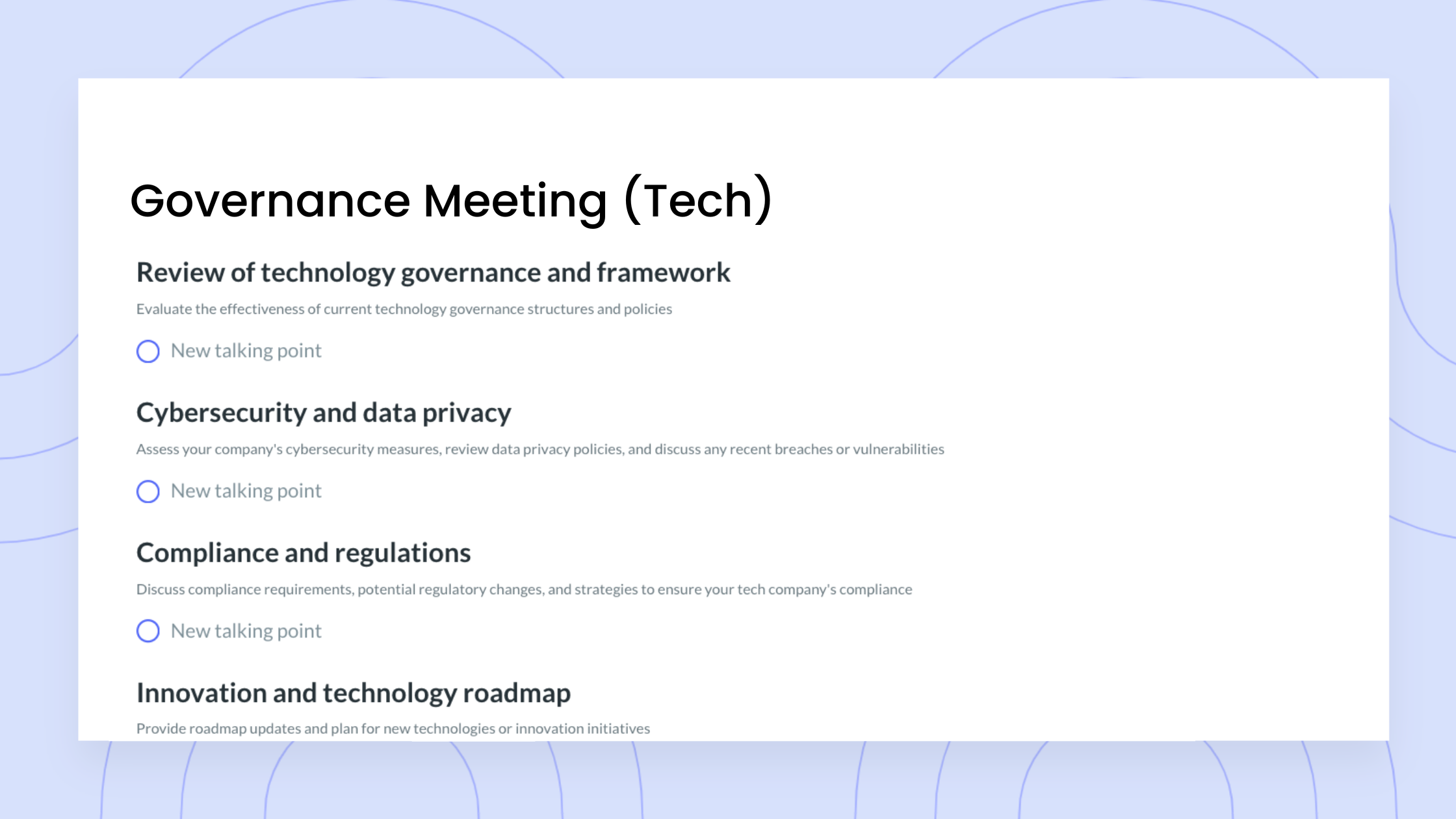Helpful Advice for CTOs [Approved by Experts!]
Read on to learn expert-approved advice for CTOs on management, remote work, workplace culture, and hiring!
As software as a service (SaaS) companies seemingly appear out of thin air all around us and grow to massive levels in record time, we should start to wonder what’s really driving sustainable growth for these success stories. At the top of your mind, it’s easy to award marketing and sales teams for this effort. But sitting in the background, away from the spotlight—and making some of the most critical decisions the organization faces—is the chief technology officer (CTO). It’s about time to look deeper into what the individual in this role does, and how a great CTO can really be the growth driver for an organization.
What is a chief technology officer?
The chief technology officer (CTO) sits at the C level of a company. They are responsible for all decisions relating to the technology in the company—including the adoption of tools, production of software, and concerns around the company’s infrastructure, network, and employee usage of tech products. CTOs are the strategic leads on projects that combine business goals and operations with IT planning and processes. In SaaS companies that produce software applications, CTOs closely oversee the production of this software as well by managing teams of developers or technical personnel.
Are you new to being a CTO, or looking to level up your skills? Below are a few bits of advice from CTOs of inspiring SaaS companies!

Build a culture of effective meetings
Level up your meeting habits to boost engagement and productivity with a collaborative meeting agenda. Try a tool like Fellow!

The best CTO advice
1On management
Develop multiple tools
Former Shopify CTO, Jean Michel Lemieux, joined episode 15 of our Supermanagers podcast to share some deep insights on what it takes to get into leadership. As a part of the discussion, he shared how engaging in multiple situations can challenge you in different ways, and therefore help you build a wide-ranging set of skills to tackle various problems. In his own words, Lemieux describes this by saying,
“As leaders, as you progress you have to develop multiple tools for different situations and I think the the leaders I’ve seen I’m not gonna use the word fail because that’s that’s pretty dry but people have been the least effective you know, because I think leadership, your job is to is to probably get more out of the situation you’re in, your team etc, by bringing context and all that.”
Track goals
Being transparent with your team is an incredible way to stay aligned and connected. Better yet, setting goals together and being transparent with your progress can further help your team grow higher, together.
Having objectives and key results (OKRs) is a common way that engineering managers can set high-level objectives for their team with expected key results that help measure projects’ success. Making use of a tool like Fellow to track progress of your objective key results (OKRs) helps automate the goal-tracking process and make tracking goals easier. Set action items and goals in each meeting and be able to view previous meeting notes and documentation to hold team members accountable for project goals. Be sure to also come prepared with a meeting agenda for each meeting for the best results!
2On remote work
Master the tools
Making use of digital tools can help your team automate time-consuming tasks, delegate work efficiently across the wider team, and track project schedules—this is true across all areas of work, but especially in fast-moving and detail-oriented roles like product development.
In episode 101 of our Supermanagers podcast, Brendan Ittelson, the CTO at Zoom, shares his personal testimony to how the adoption of digital tools helps his team thrive both in-office and while working remotely! He says,
“I believe managers need to be good at promoting and using technology to help lead their employees from wherever they choose to work be at home in the office or combination of the above. Moreover, the entire workforce will require training on how to incorporate these tools in ways that increase collaboration to keep teams efficient, regardless of location. So investing in those sessions in technology, and really focusing on your teams, I think is critical as we look at the future.”
Remember that change is constant
Being agile and open to change, especially in a remote world where communication can be more difficult, is a critical skill to develop. Hannah Henderson is an Engineering Manager who shares this valuable insight on what it means to maintain great communication across remote teams in times of change:
“On a remote team, it is especially easy for information to fall between the cracks. It is important to set up a process that acts as a communication forcing function. There’s no need to run around after folks trying to extract information and context, let your process be the heavy.”
In addition to strong communication, you want to be mindful of staying transparent, keeping your team looped in on potential changes as early as possible, and communicating the key reasons a given change is taking place. This helps your team adapt to changes early and keep productivity high.
3On workplace culture
Invest in your people
In a time when finding great talent can be tough, we recommend looking at the talent that’s already thriving inside of your organization. Look for the team contributors who are demonstrating leadership skills, because these people can be your new team leads. Find the people who are interested in growing their skill sets and are great at balancing risk in new projects—these people can help you lead that next new venture.
Leslie Miley is an Engineering Lead with tons of experience across Fortune 500 SaaS companies. His tips for investing in your people provide helpful insights on building a diverse and strong team. In episode 22 of our Supermanagers podcast, he says,
“[Figure out] how to promote and uplift the people in your organization who have traditionally been left behind or marginalized and whether your organization is five people or 5000 people because I do believe that if you help out the most marginalized you do help everyone out and and and it’s not charity, once again, it’s invested and learn that people every everywhere, everywhere in your organization, people are trying to be the best that they can be.”
Foster psychological safety
Psychological safety in the workplace means that your team can trust you to trust them. It means that as a leader, you provide a welcoming and supportive environment that encourages team members to take educated risks, come forward to admit failure, and dive deeper into why projects didn’t work out so they can learn better from them next time. Having this supportive environment is super important when driving innovation in a fast-growing company, as innovation is what will help your company establish or maintain a competitive advantage. Take a look at this 5-step process to building a great experimentation strategy within your engineering team as an example of how to encourage employees to take initiative, collaborate, and optimize new processes.
4On hiring
Hire with intention
When you’re scaling fast, it’s easy to forget to hire with intention. In other words, it’s easy to forget to think about the strategic value that this new hire needs to bring to your team and to consider the long-term goals of that person’s role within the company. Otherwise, you can accidentally bring on a team member who is only geared for the short term, or who doesn’t really align with your company’s culture.
In a recent article, Allan Leinwand, the current CTO of Shopify, shared his experience on hiring while scaling:
“Have I hired correctly every single time? No. But, I take the time to hire with intention. If you hire wrong, your new staffer may not be focused on the right technology, they might not focus on scaling properly, and may not understand the priorities of the business. If that happens, guess what you’re not doing? You’re not reading blogs or listening to podcasts. You’re not coding on the side or participating in hackathons. Instead, you’re doing performance reviews, and scheduling meetings with HR to make sure you’re giving the proper feedback.”
Create inclusive job descriptions
According to the Harvard Business Review, women don’t usually apply for a job unless they feel they’re 100% qualified—confidence, willingness to take risks, and fear of wasting the hiring manager’s time are top reasons this happens.
As a leader of your engineering department, you have the power to change this statistic by creating an inviting and including job description that appeals to a wider candidate base. Some ways companies do this include:
- Instead of putting a years of experience or time as a requirement for the job (for example, “7+ years experience in web development”), word this requirement so it speaks to the depth of experience (for example, “extensive front-end development experience on Java or Python web projects”). This can help qualified candidates see their skills specifically called out in the job description and be more likely to apply.
- Clearly describe that qualified candidates only need to meet 75% of the description, if willingness to be trained on the job is a part of the candidate’s skill set. This helps close the skill gap that exists in the tech industry.
- Be transparent about interview and selection processes, and include a salary range in the job posting. This helps build extra confidence for those that need it and ensures that whoever is selected for the job is getting fair pay.
Parting advice
Leading a team of smart, curious, and innovative engineers has its benefits and challenges. On one hand, you’re surrounded by incredible talent, new ideas, and creativity all day long. On the other hand, if you’re not paying enough attention to hiring intentionally, managing your workforce efficiently, and empowering your team to grow in their careers, you risk losing it all. Hopefully, our expert tips from CTOs of successful SaaS companies will help you on your journey to building a strong, dynamic, and diverse engineering team!











